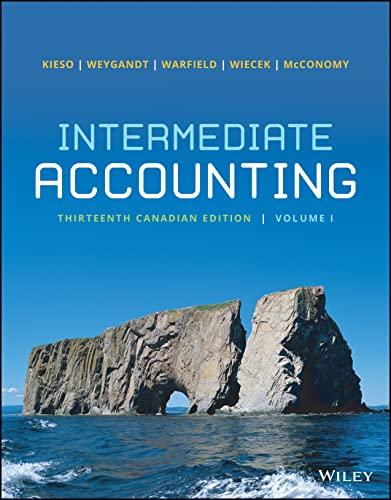Economic Value Added (EVA) Economic Value Added (EVA) is similar to residual income in that income is compared to the cost of investment used to earn that income. However, there are some key differences. EVA uses: net (after- tax) income, and the true cost of capital (or investment) rather than some predetermined hurdle rate. than the cost of capital, the company is said to be creating wealth. If net income is than the cost of capital, the company is said to be destroying wealth. If net income is Example: Gainer Company has three sources of financing: $3 million of mortgage bonds paying 5 percent interest, $2.5 million of unsecured bonds paying 8 percent interest, and $4.5 million of common stock, which is considered to be of average risk (with a 6 percent premium). The company's tax rate is 40 percent and the rate of interest on long-term government bonds is 3 percent. Last year, Gainer Company had after-tax income of $768,000. Fill in the following table to calculate the weighted average percent cost of capital. (Round all decimals to four significant digits.) Amount Percent After-Tax Cost Weighted Cost Mortgage bonds $3,000,000 Unsecured bonds 2,500,000 Common stock 4,500,000 Total ho The weighted average percent cost of capital is or %. Total cost of capital employed is $ percent interest, $2.5 million of unsecured bonds paying 8 percent interest, and common stock, which is considered to be of average risk (with a 6 percent premium). The company's tax rate is 40 percent and the rate of interest on long-term government bonds is 3 percent. Last year, Gainer Company had after-tax income of $768,000. Fill in the following table to calculate the weighted average percent cost of capital. (Round all decimals to four significant digits.) After-Tax Cost Weighted Cost Amount Percent Mortgage bonds $3,000,000 Unsecured bonds 2,500,000 4,500,000 Common stock Total or %. The weighted average percent cost of capital is Total cost of capital employed is $ EVA is $ Gainer Company is wealth. If Gainer Company's tax rate was 30 percent (assume after-tax income remains the same), EVA would be If Gainer Company had $2.5 million of mortgage bonds and $3 million of unsecured bonds, EVA would be If Gainer Company had $4.5 million of mortgage bonds and $3 million of common stock, EVA would be If Gainer Company was considered more risky than other firms, and the premium on common stock was 8%, EVA would be








